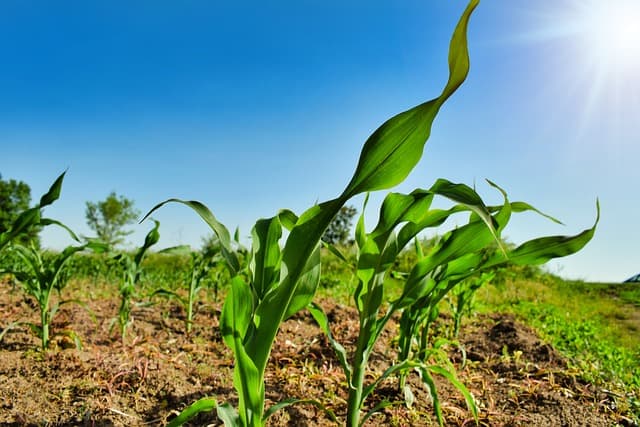Organic products now occupy a worthy place on store shelves and in the kitchens of caring housewives. But do we all know which products can be considered organic and completely safe? Are we sure that we are preparing food for our kids from really healthy products? And what are the criteria for recognizing real organic food on your table?
Why are organic products so important and useful for your baby?
Organic foods, unlike conventional foods, cannot contain GMOs because they are grown without the use of chemicals (pesticides and agrochemicals), and therefore they are safe. They contain the full range of vitamins provided by nature. They grow on clean land and ripen exactly as long as nature provides, contain more pulp and less water, are better stored, and retain nutrients longer. In addition, the natural ripening time of fruits gives them a rich aroma and flavor.
How to distinguish organic products on the store shelf?
Organic products can already be bought not only in specialized stores, but also in regular supermarkets. The first and most important source of information is the product packaging, the layout of which is approved by the certification body during the certification process.
The most important thing to know is that the labels that say “environmentally friendly product”, “natural” or “100% natural product”, “bio”, “traditional”, “homemade”, “organic”, etc. do not guarantee the safety of this product and do not confirm its organic nature!
Certified organic food can be recognized by a special label on it. Labeling helps you find the right product and not get confused when studying its composition. It is also a guarantee of quality.
Organic products in the world
Like every epoch-making novelty, the organic movement has gone through all the classic phases of development: first it was ridiculed, then persecuted, and finally its benefits are becoming apparent around the world. Today, 37 million hectares of agricultural land in the world are considered organic: if we take all the agricultural land of our planet as 100%, then 0.9% will be occupied by organic production. Approximately one third of the world’s organic farming area and more than 80% of producers are located in developing and emerging markets. Switzerland (153 euros), Denmark (142 euros) and Luxembourg (127 euros) have the highest per capita consumption of organic products per year.
The organic market is at the initial stage of development… However, every year the number of products that can be called organic is rapidly increasing. And already the number of organic food products of Ukrainian origin that can be found on the Ukrainian market is about 150. Among them are organic vegetables, fruits, berries, honey, juices, various cereals, flour, sugar, dairy and meat products.
Due to the demand for organic cereals and their necessity for proper and healthy nutrition, the range of such products is expanding every year and already includes eight items: buckwheat, barley, wheat, corn, pearl barley, semolina, millet and split peas.
The problem of “clean” food is especially relevant in children’s age, as it is in early childhood that the foundations for good health in the future are laid. Eating “organically” means not only increased saturation of the body with nutrients from food, but also a reduction in the level of intake of pesticides, nitrates, food additives and genetically modified substances from intensive farming products.
